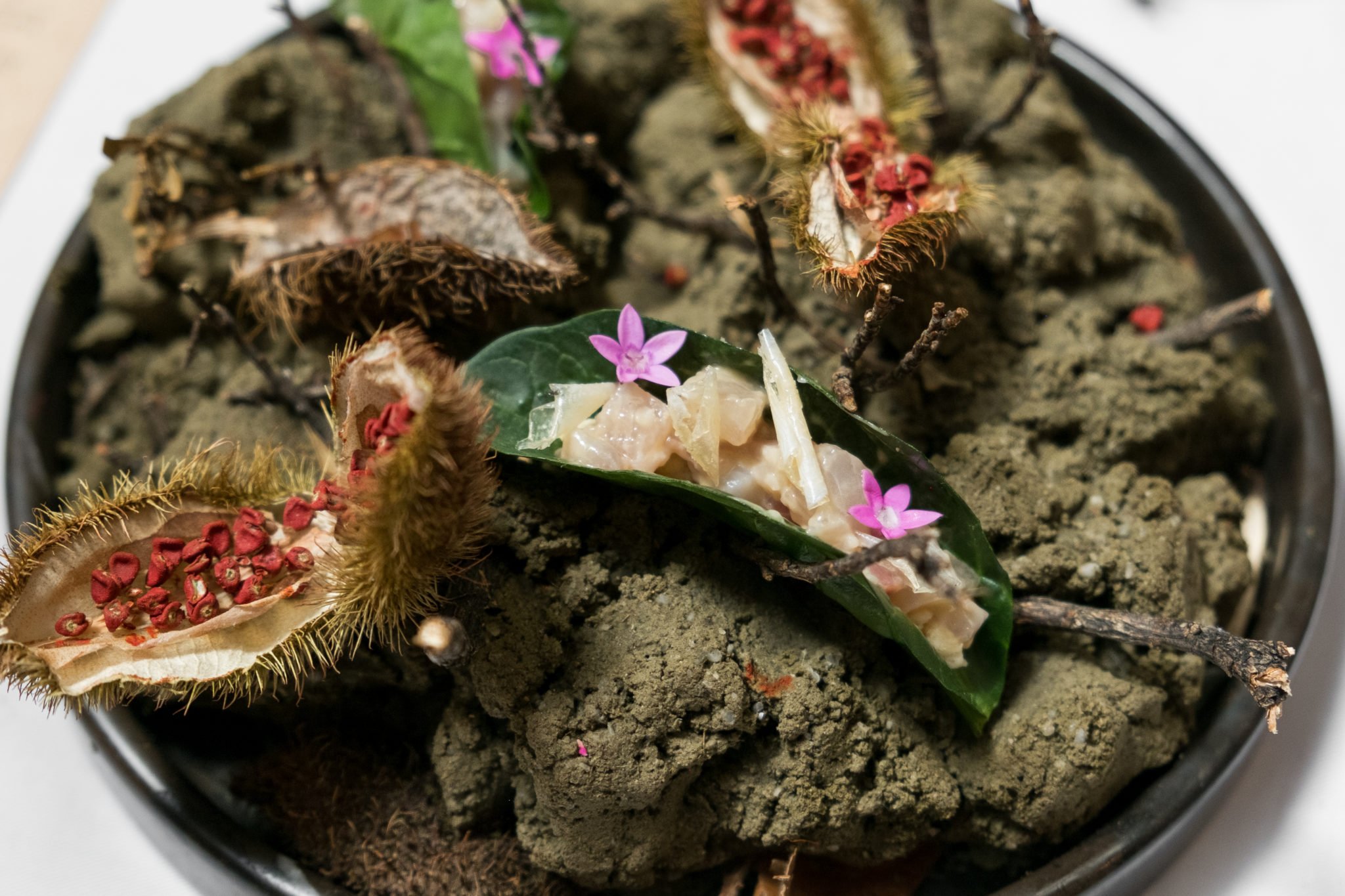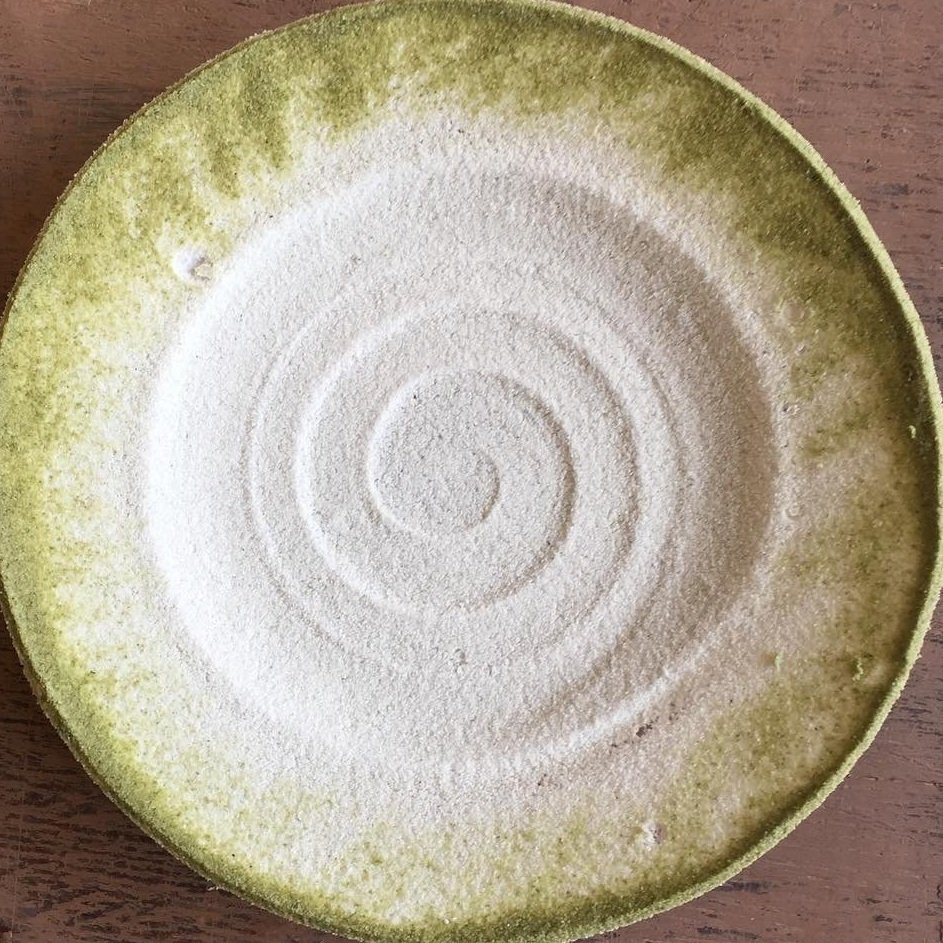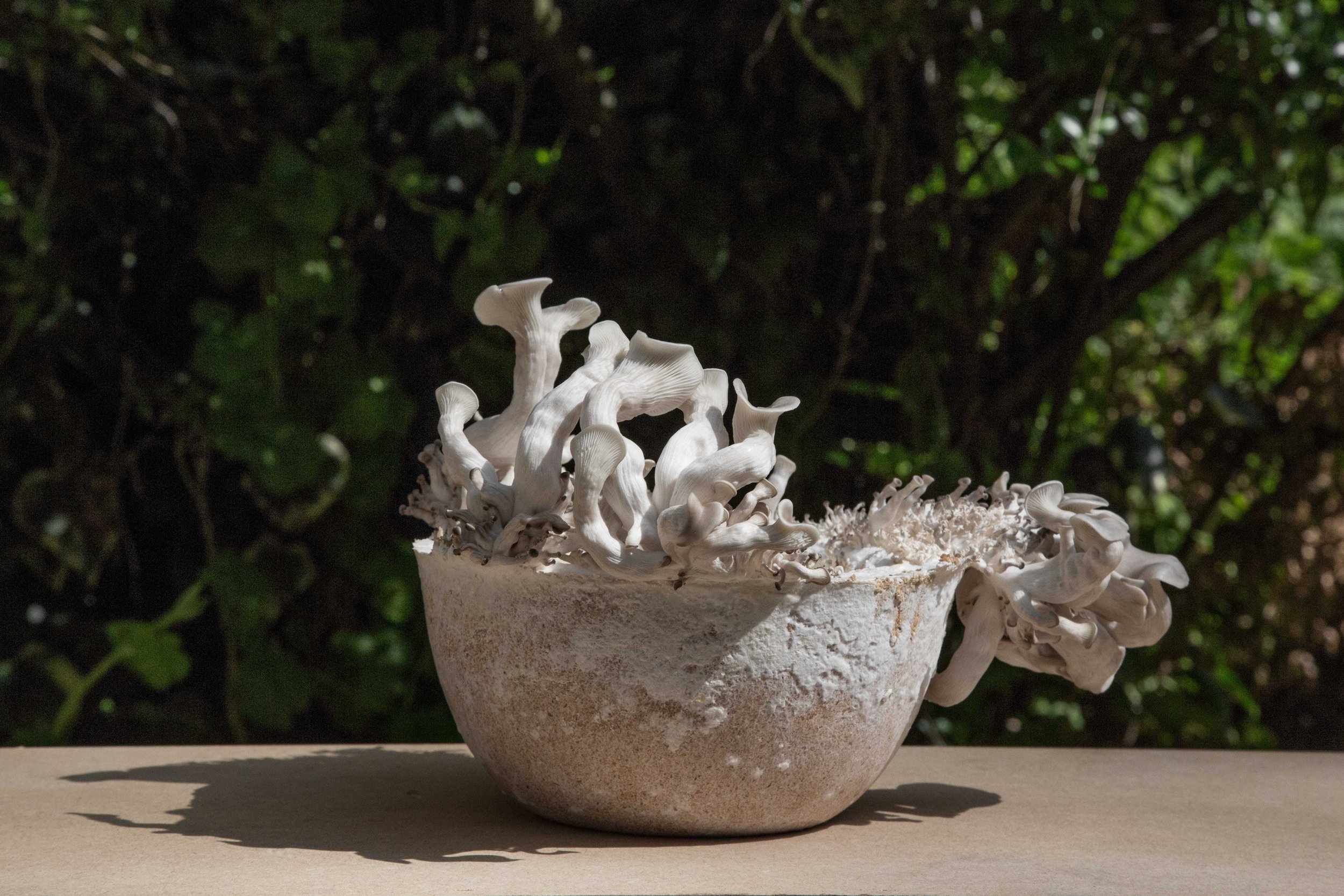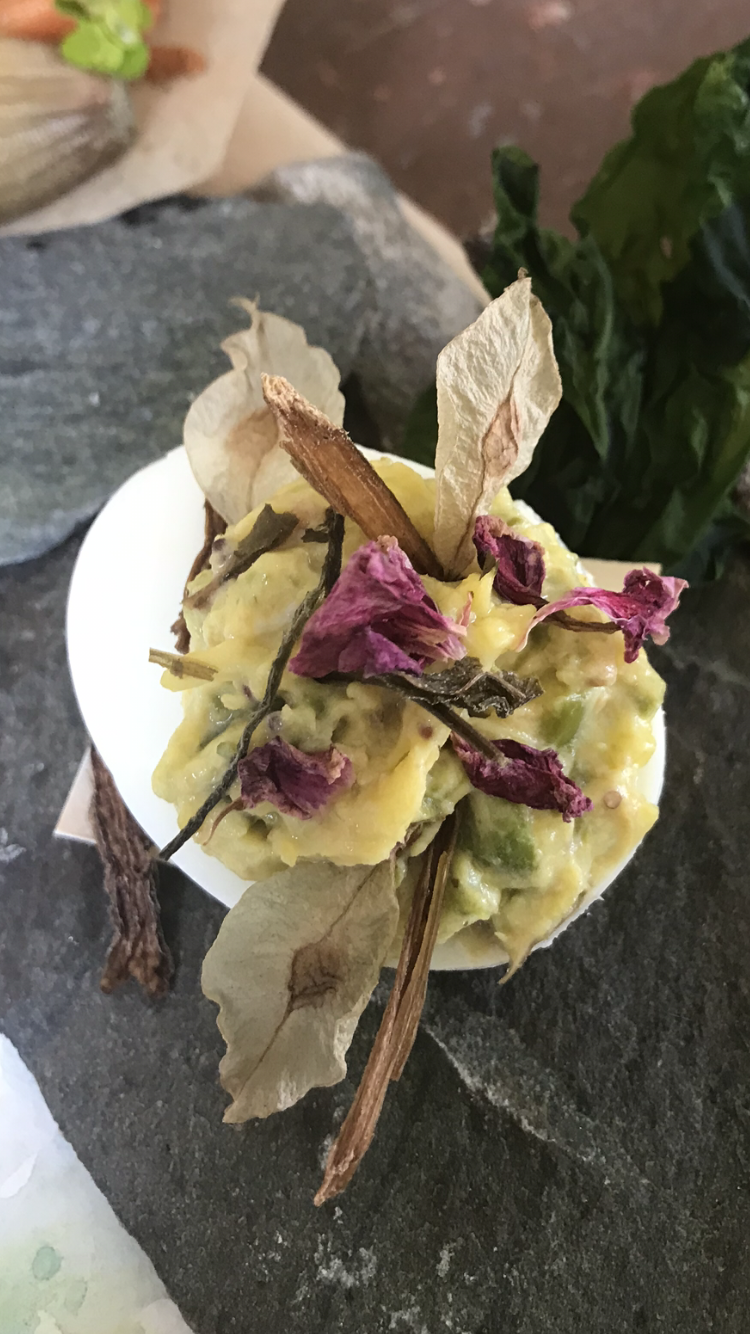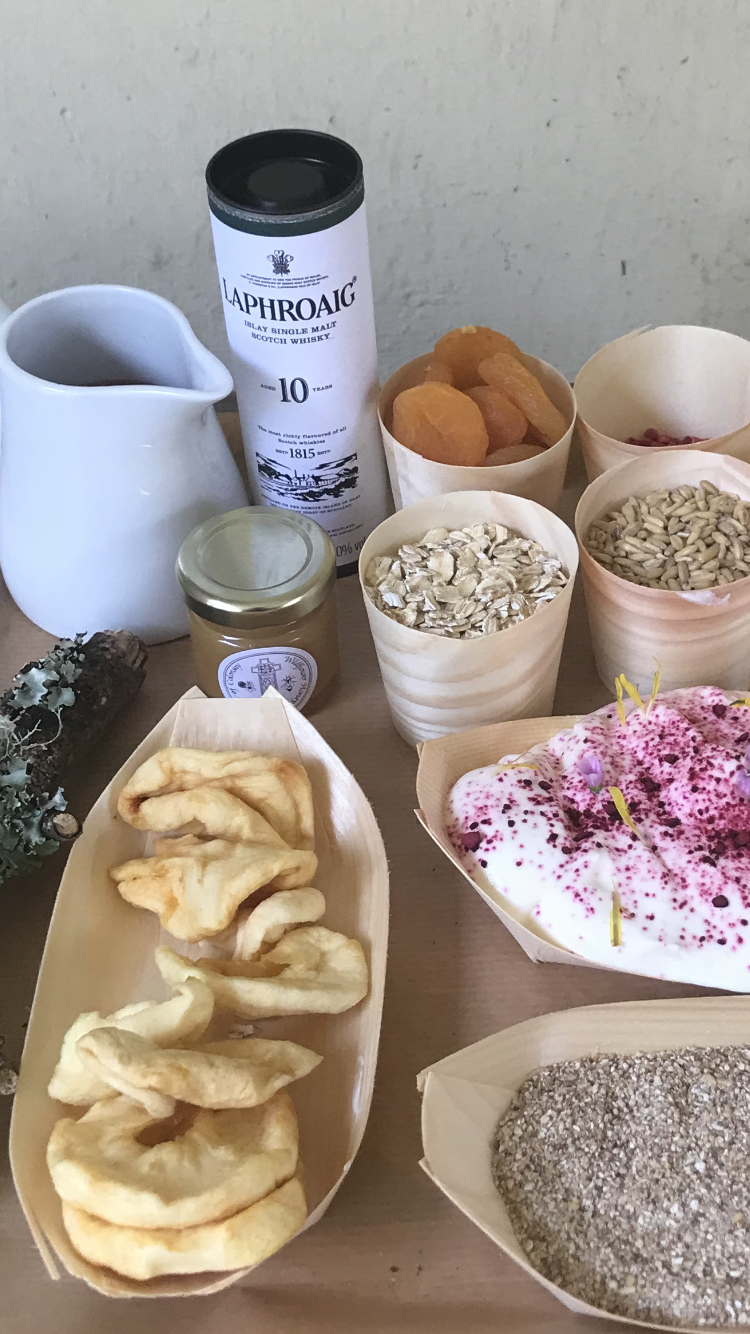Place-making through Terroir & Tableware
The majority of research relating to taste, place and the concept of terroir can be found within research on place-making and tourism. Researchers have explored the potential and existing use of terroir as a marketing tool to promote place-making and create a connection between the gastronomy of an area and the land (Anderson et. al 2019; López-Canales 2019; Broadway 2017, Gyimóthy 2017). According to Tressideor (2015), terroir restaurants, such as Noma, Copenhagen can be differentiated from other restaurants by prioritising the “central relationship between food, culture, history and geographies to generate experience” (p.3). Additionally, Tressidor (2015) claims that experiences of cuisine from terroir restaurants cannot be recreated outwith these geographies.
This connection to specific geography is also mention by Solomon (2015), who recounts the specific taste of cuisine produced in the street food of Mumbai as being ‘the taste no chef can give’; a taste resulting from the unique microbiotic environment of food produced in these street food markets.
Paxson, 2010 investigates how the concept of terroir has been reversed-engineered by a group of American cheese-makers, locating the value of the products in both geographical and economical terms, as well as enshrining the social and cultural values of the product within the terroir of their cheese (Paxson 2010). This philosophy purports to define terroir as what the land actually is - a tool to create a political statement of activism against the homogenisation and standardisation of a globalised foodscape. By creating new products which suited the (environmental) terroir of their existing locations the cheesemakers terroir was “expressed in the mouth of the tasters” (Anne Topham, in Paxson 2010, p.450). This taste however, was not always of primary concern to the cheesemakers, with the circle of terroir connecting consumers to producers in “a network of connections: to this place and to the people who buy and eat our cheese” (2010, p.450). This can be substantiated by Mateo Kehler who describes Jasper Hill - his community farm - as “a personal “response to globalisation’ and a “tool to help define terroir, a process that will take generations” (Paxon 2010, p.452). This could be likened to the “intimate, sensory apprehension of and semi-significance given to being - in location” (Escobar 2001 p.152-153, in Paxson p. 445)
Centraal Resturant, Preu WATERS OF NANAY 680 m – PIRANHAS · COCONA · ACHIOTE · HUAMPO BARK
Image by Stephanie Lau
Restaurants, Design and Place
The use of tableware to enhance the multisensory experience and commuincate the place of a dish can be seen commonly throughout the restaurant world. In Bonacho et al. (2018) study of experience design connecting food to place, we see the use of shell shaped dishes as part of a dish to convey the sense of ‘saudade’ - a specific term used in Portuguese to express nostalgic feelings of longing. Heston Blumenthal’s high profile multisensory signature dish ‘Sounds of the Sea’, was served on a digital tablet to enhance experience and sensory nudge for the (nostalgic) experience of eating whilst at the seaside (Spence and Piqueras-Fiszman 2013)
The research team at Centraal Restaurant, Peru, specifically mention the multisensory role their tableware lays in constructing narratives for eating experiences: “Our story is told through artistic pieces made by local ceramicists and artists. Colours, shape and textures that allow our ingredients to transmit biodiversity” (Mater.in via Instagram 21 Jan 2020).
Furthermore, recent design projects (Xue 2019;Han 2017 and Zhao 2011) have sought to embed characteristics that resemble narratives of culture, tradition and folklore into their ceramic tableware product design to enhance a diners experience. Additionally, designers have created objects for specific purposes based on the entomological eating practices of a country (Payne 2019 p.79 Mold Magazine). It could be argued these tools specifically help connect people to place, through the culture and ecology of the land.
Even within urban areas we can see an expression of place. Douglas McMaster’s zero waste restaurant, ‘Silo’ repurposes materials used within the kitchens and distribution chain to create tableware products that are then used within the restaurant. This could be seen as a contemporary example of reverse-engineering an urban terroir, if we are to use using Paxson 2010’s criteria.
Glass Plate - Silo London, made by Pottter’s Thumb
Material Things
Designers and researchers have increasingly been exploring the use of new materials and new material technology to create sustainable tableware. The rise of the interest in sustainability and the zero waste movement has led to both food businesses and consumers wanting more ecologically sound serve ware for events and functions. As a result, a wide range of compostable serve ware available on the commercial marketplace, as well as an increasing range of speculative or initial prototyped work by product designers that use biodesign. These materials vary in design and production complexity from more traditional processes and simple materials, like those created from banana/palm leaf, coconut fibre, wood or cardboard, to those that require more complex technical engineering to create viable and stable products such as Biotrem’s edible bran plate; and plant-based ranges by Vegware and Wasara. Additionally, the potential for the following natural material to be repurposed to use as tableware have been explored by the following designers; seaweed by Seadish (Amber Josephine van Dillen); fruit peel food waste (Emma Sicher); cornstarch/PLA, mycelium (Growing Lab); kombucha scoby (Roza Janusch); tempeh (Karenina van den Crommenacker & Nicolas Rotta for Mediamatic); chitin/chitosan (Shellworks) and fish skin/scales (Lucy Hughes has created bioplastic material) in their creations. Silo London repurposes some of the materials used within the kitchens to be used as tableware in restaurants, such as glass plates.
For Visit Colonsay’s Spring Festival, I created a playful workshop for participants to design and assemble a light lunch dish that aims to communicate the taste of Colonsay.
Colonsay and Oronsay, measuring roughly 10 miles long and two miles wide, are part of a long Hebridean island chain off the west coast of Scotland in the Atlantic Ocean.
The pair of islands are located in the Inner Hebrides, close to the Scottish mainland. To the north lies the island of Mull, while the eastern and southern horizons are bound by the islands of Jura and Islay.
With around 125 inhabitants and its nearest neighbouring community almost 20 miles distant, Colonsay constitutes one of the most remote communities in Britain.
The island is famous for its oysters and wildflower honey produced by local black bees. Colonsay also produces a lot of mutton and has a brand new fish smokery on the island.
I had the fortune of travelling with Amy Rankine from Hipsters and Hobos, who was leading woodland and coastal foraging walks during our stay on Colonsay. This meant over the course of the week we were able to source edible wild plants such as pink purslane, gorse, sorrel, giant knotweed, dog violet, wild mint, primrose, cowslips, dandelion golden saxifrage, wild garlic, wych elm flowers, spruce tips, curly dock and an array of tasty seaweeds such as laver, kelp and my personal favourite: pepper dulse. These beach and woodland walks also helped build up collection of materials for the workshop and get a sense of the landscape in different parts of the island.
The workshop was designed so the food was prepped into component form; allowing participants to design, assemble, season and decorate according to their tastes and aesthetic preferences.
Below are some pictures of my interpretations of the taste of Colonsay as well as the menu:
Roasted carrots with hogweed seed, golden saxifrage dandelion & charcoal salt
Asparagus devilled egg with dried chard, wych elm & geranium
Crab & shrimp pate, Hebridean oatcakes, Sea-marbled egg & pepper dulse, White beetroot and radish salad with Colonsay honey and beremeal vinegar.
Assemble your own cranachan components!
